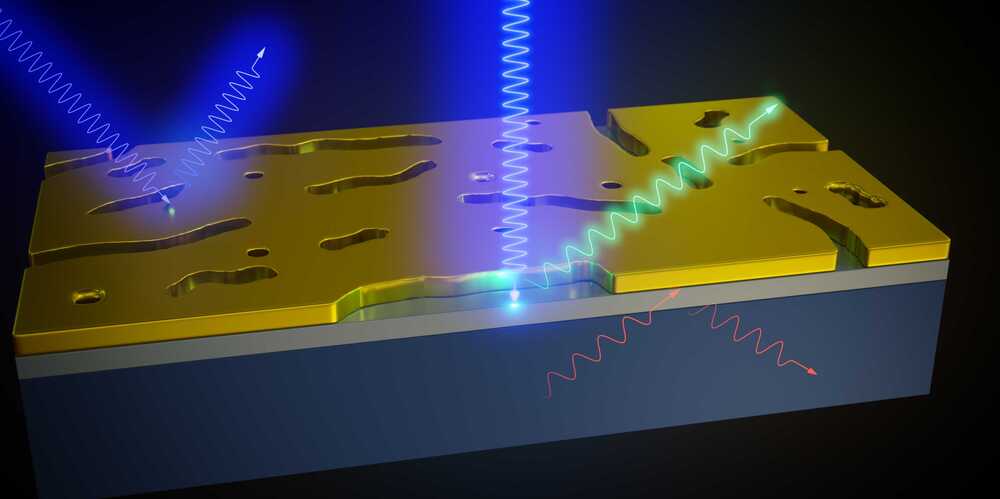“Surfaces were invented by the devil” — this quote is attributed to the theoretical physicist Wolfgang Pauli, who taught at ETH Zurich for many years and in 1945 received the Nobel Prize in physics for his contributions to quantum mechanics. Researchers do, indeed, struggle with surfaces. On the one hand they are extremely important both in animate and inanimate nature, but on the other hand it can be devilishly difficult to study them with conventional methods.
An interdisciplinary team of materials scientists and electrical engineers led by Lukas Novotny, Professor of Photonics at ETH Zurich, together with colleagues at Humboldt-Universität zu Berlin has now developed a method that will make the characterization of surfaces considerably easier in the future.
They recently published the results of their research, which is based on an extremely thin gold membrane, in the scientific journal Nature Communications (“Bulk-suppressed and surface-sensitive Raman scattering by transferable plasmonic membranes with irregular slot-shaped nanopores”).
